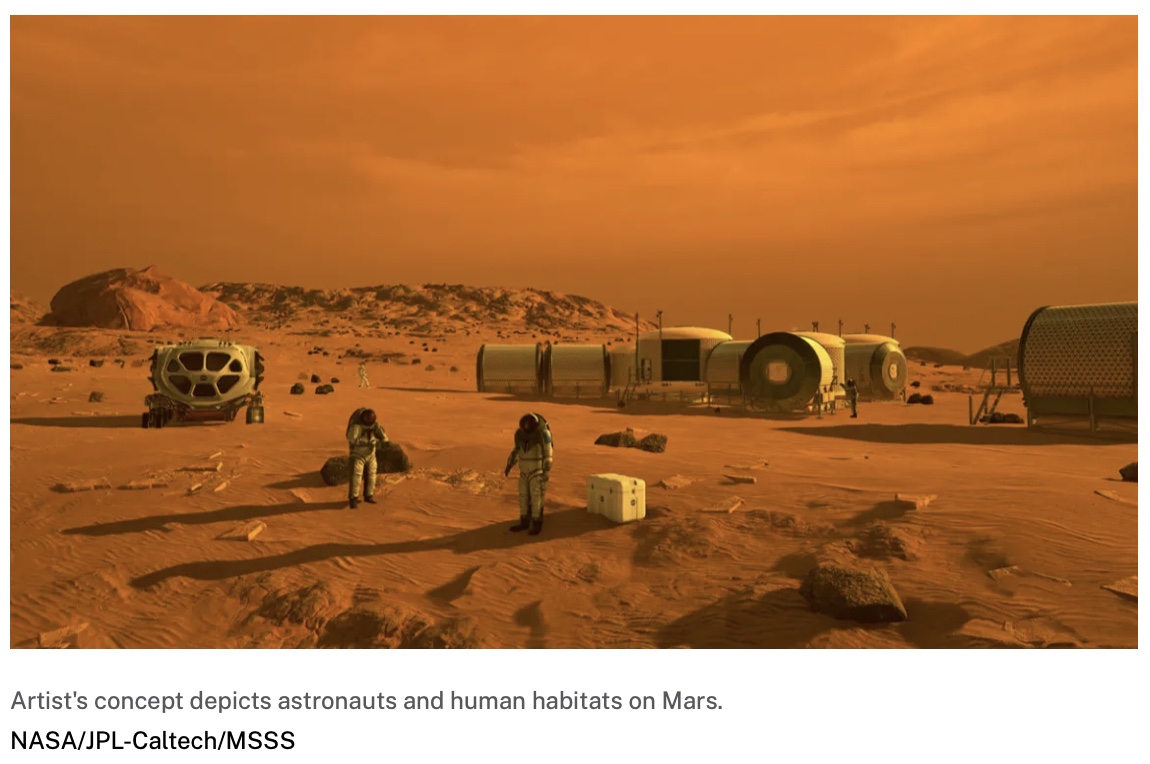Introduction

The fields of microbiology and molecular biology are fundamental to understanding how life adapts, survives, and thrives in extreme environments. For students of aerospace physiology, these disciplines are especially relevant, as they provide insight into the interactions between microorganisms, human physiology, and the unique conditions of spaceflight.
Microbes interact with humans in multiple ways—forming communities on our bodies (the human microbiome), in spacecraft, and within life-support systems. Their presence in space can have both beneficial and harmful consequences. For example, microbes may aid in bioregenerative life support and nutrient cycling, yet they can also compromise crew health, degrade spacecraft materials, and alter host physiology in unexpected ways.
This laboratory manual is designed to provide aerospace physiology students with hands-on experience in key microbiology and molecular biology methods. Each laboratory incorporates a space analog—such as microgravity, radiation, or regolith—as a central theme to teach foundational techniques and demonstrate their application in addressing hypotheses related to space biology, astrobiology, and human performance.
Through these laboratories, students will develop the ability to:
-
Prepare microbiological media, sterilize materials, and work under aseptic conditions.
-
Grow, transfer, and identify microorganisms.
-
Apply molecular techniques to detect and analyze genetic material.
-
Assess microbial growth under varying physical and chemical conditions relevant to aerospace environments.
-
Understand the role of microbial physiology in supporting space exploration.
The skills acquired here extend far beyond aerospace physiology. They are equally valuable in medicine, biotechnology, agriculture, and forensics, among other fields.
Above all, the goal of these laboratories is to foster curiosity, technical competence, and critical thinking. By linking core microbiological and molecular methods to real-world challenges in aerospace physiology, this manual prepares you to contribute meaningfully to the next generation of space exploration and life sciences research.
